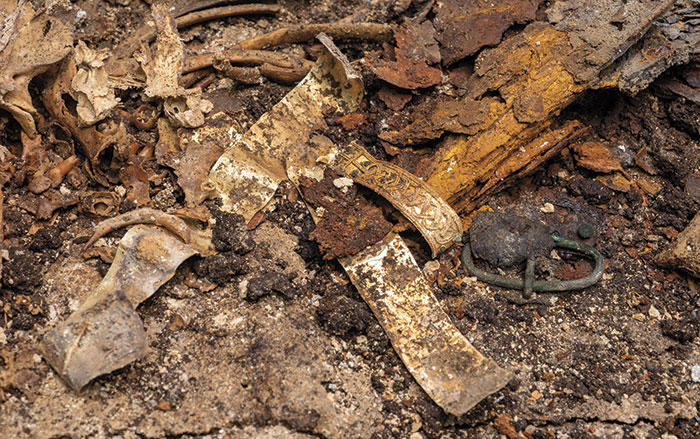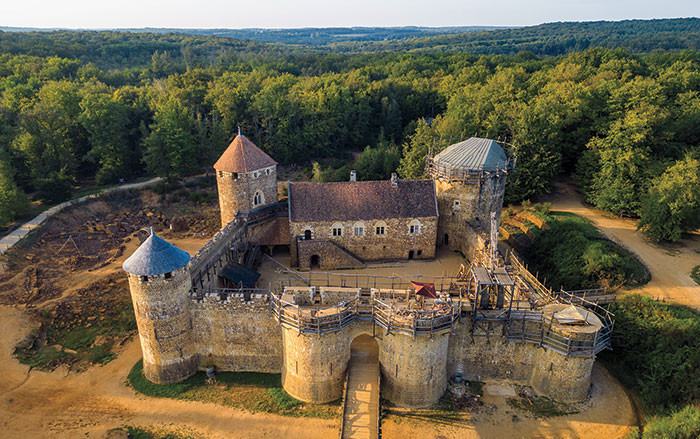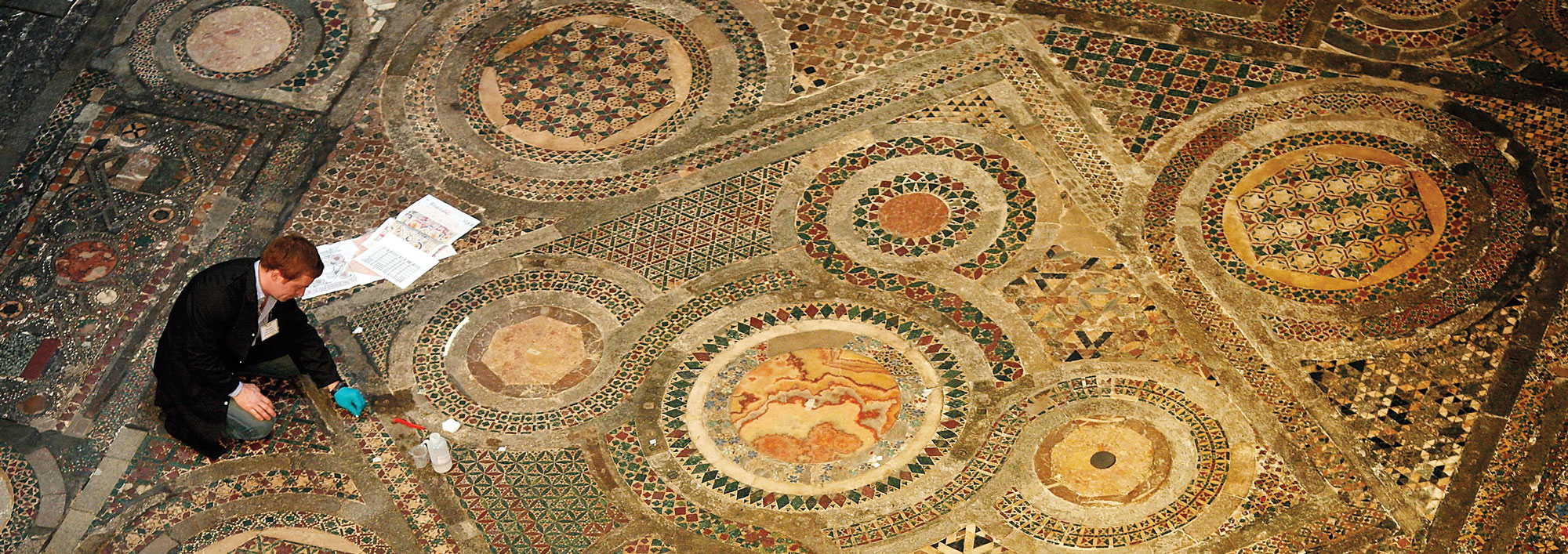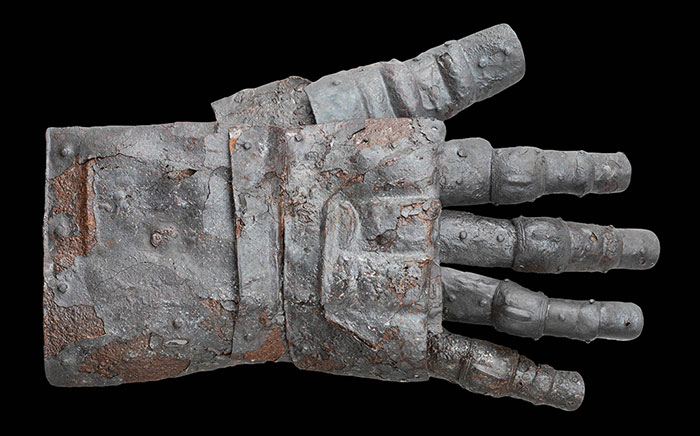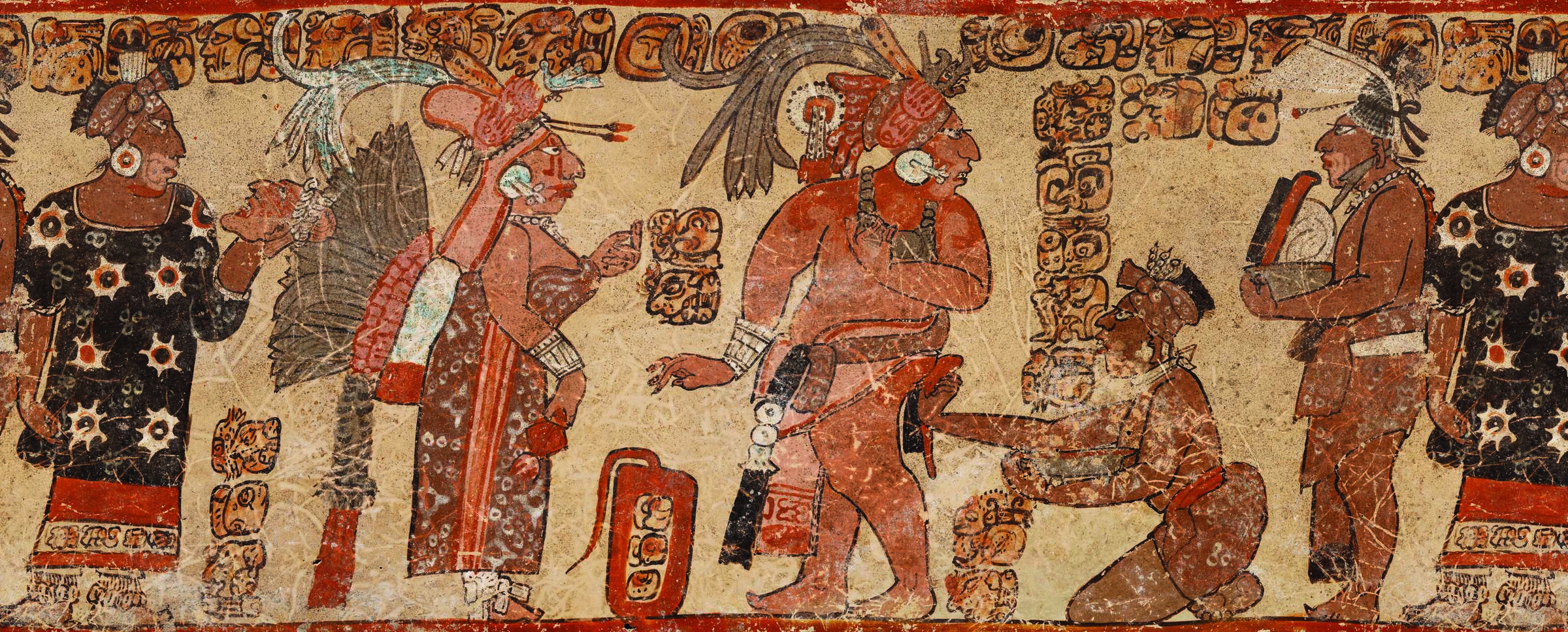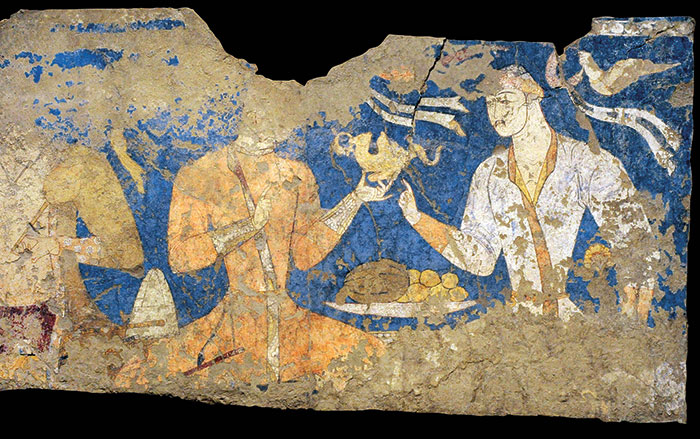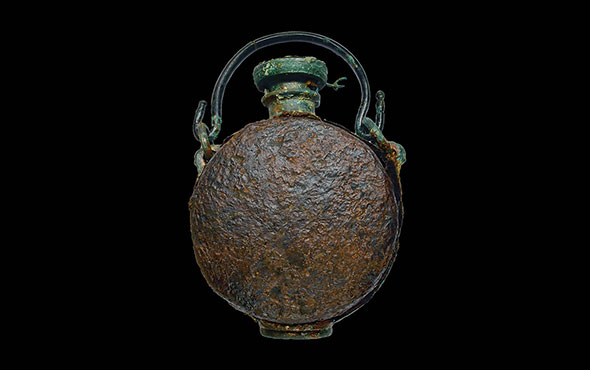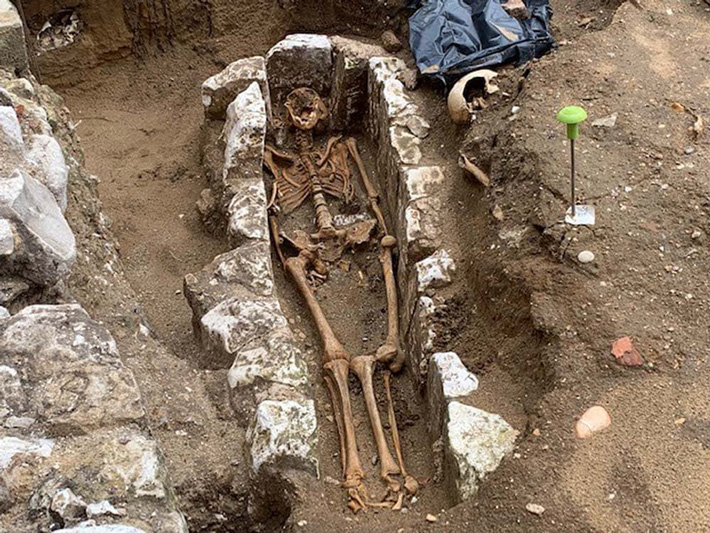
LONDON, ENGLAND—The Guardian reports that a team of researchers led by Chris Mayo of Pre-Construct Archaeology have uncovered the foundations of the Great Sacristy on the grounds of Westminster Abbey, which was built by Edward the Confessor in the mid-eleventh century. The Great Sacristy was erected on the site of the Abbey’s cemetery in the mid-thirteenth century by Henry III to store monks’ vestments, altar linens, and items used in the Christian Mass. In addition to the building’s foundation, the excavation revealed a stoup, or basin, thought to have been used by the monks to wash their hands before they entered the church; a lead pipe thought to have carried water to the monastery; and fragments of plaster painted with red, white, and black flowers. Before it was demolished in 1740, the structure was used as a dwelling, reflected in the collection of eighteenth-century plates, chamber pots, drinking glasses, combs, and brushes recovered at the site. For more, go to "Westminster Abbey's Hidden History."


